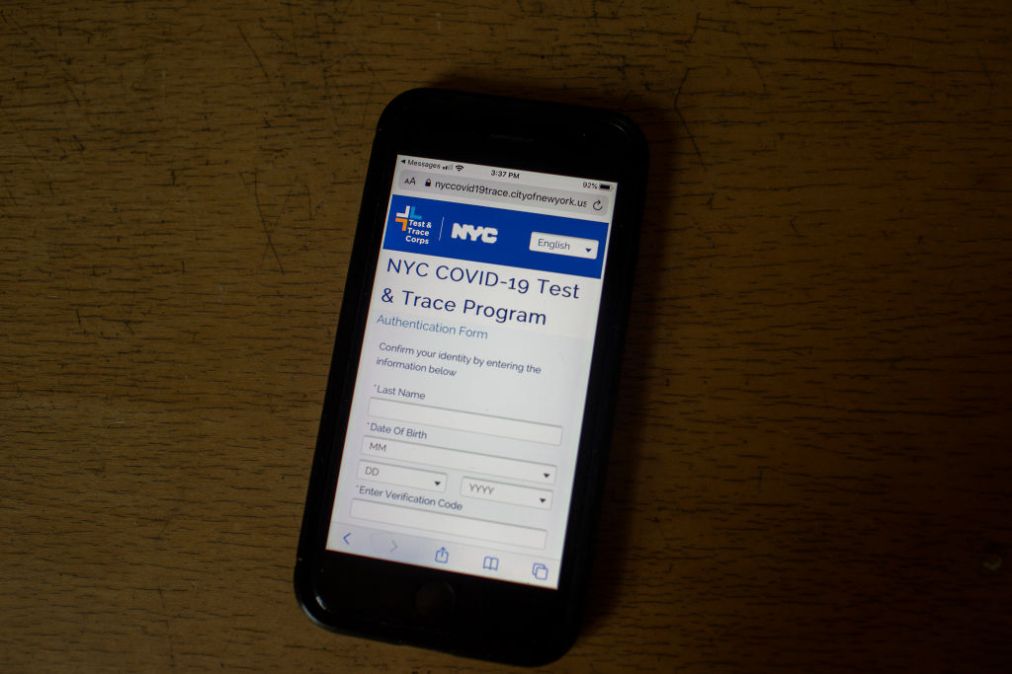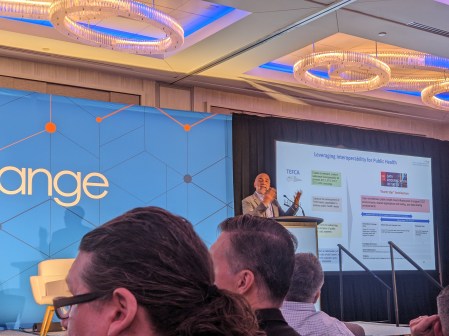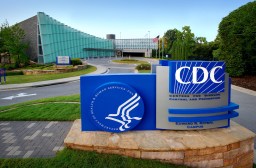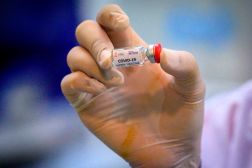Agencies may want to establish a national strategy for contact-tracing apps

Congress and federal agencies should consider establishing a national strategy for the development and deployment of contact-tracing applications ahead of future pandemics, according to a Government Accountability Office study released Thursday.
Exposure notification apps alert users if they were near a person who later tested positive for a disease like COVID-19, allowing for faster, broader contact tracing to slow the spread.
The absence of a national contact-tracing app led 26 states, territories and Washington, D.C. to seek out their own in a staggered fashion beginning in August 2020. Costs could reach as high as $700,000 and downloads range from 200,000 to 2 million from state to state.
“Policymakers could recommend a national app that public health authorities could decide to use based on their individual needs,” reads GAO‘s report. “A national app could add more functions by integrating exposure notification capabilities with test scheduling and vaccine delivery coordination.”
Current apps have a number of issues like the accuracy of their distance and exposure measurements, which can lead to inaccurate alerts.
A lack of independent privacy and security assessments, as well as federal legal protections, is a deterrent for potential users, and some states have struggled to encourage adoption.
There’s also the problem of a lack of data to evaluate how effective exposure notification apps actually are. The Department of Homeland Security Science and Technology Directorate‘s Silicon Valley Innovation Program currently has two projects developing app criteria, but they’re two years away from completion.
While GAO made no formal recommendations, it did suggest Congress and federal agencies promote research and development to address contact-tracing apps’ technical limitations. The Centers for Disease Control and Prevention, DHS, National Institutes of Health, and National Institute of Standards and Technology have assisted state development with guidance and funding, but additional resources and public-private partnerships are needed to create apps that will work beyond the COVID-19 pandemic for other diseases.
So far the CDC has funded app development in 64 jurisdictions through its Epidemiology and Laboratory Capacity for Prevention and Control of Emerging Infectious Diseases cooperative agreement, as well as research at the Massachusetts Institute of Technology’s Lincoln Laboratory into barriers to adoption and efficacy.
GAO also suggested the federal government consider standardizing app privacy and security practices. NIST started a study in early 2020 to develop exposure notification systems with strong privacy and cybersecurity controls.
Lastly GAO suggested the government promote best practices for app adoption and measurement.
The CDC issued guidance on the minimum and preferred characteristics of digital contact-tracing tools in May and December of 2020. Contact notification, data security and exposure risk level requirements were included, but some states had issues with app verification codes.
“States faced challenges in promptly providing people who tested positive for COVID-19 with a verification code necessary to notify other close contacts of potential exposure using the app,” reads the report.






